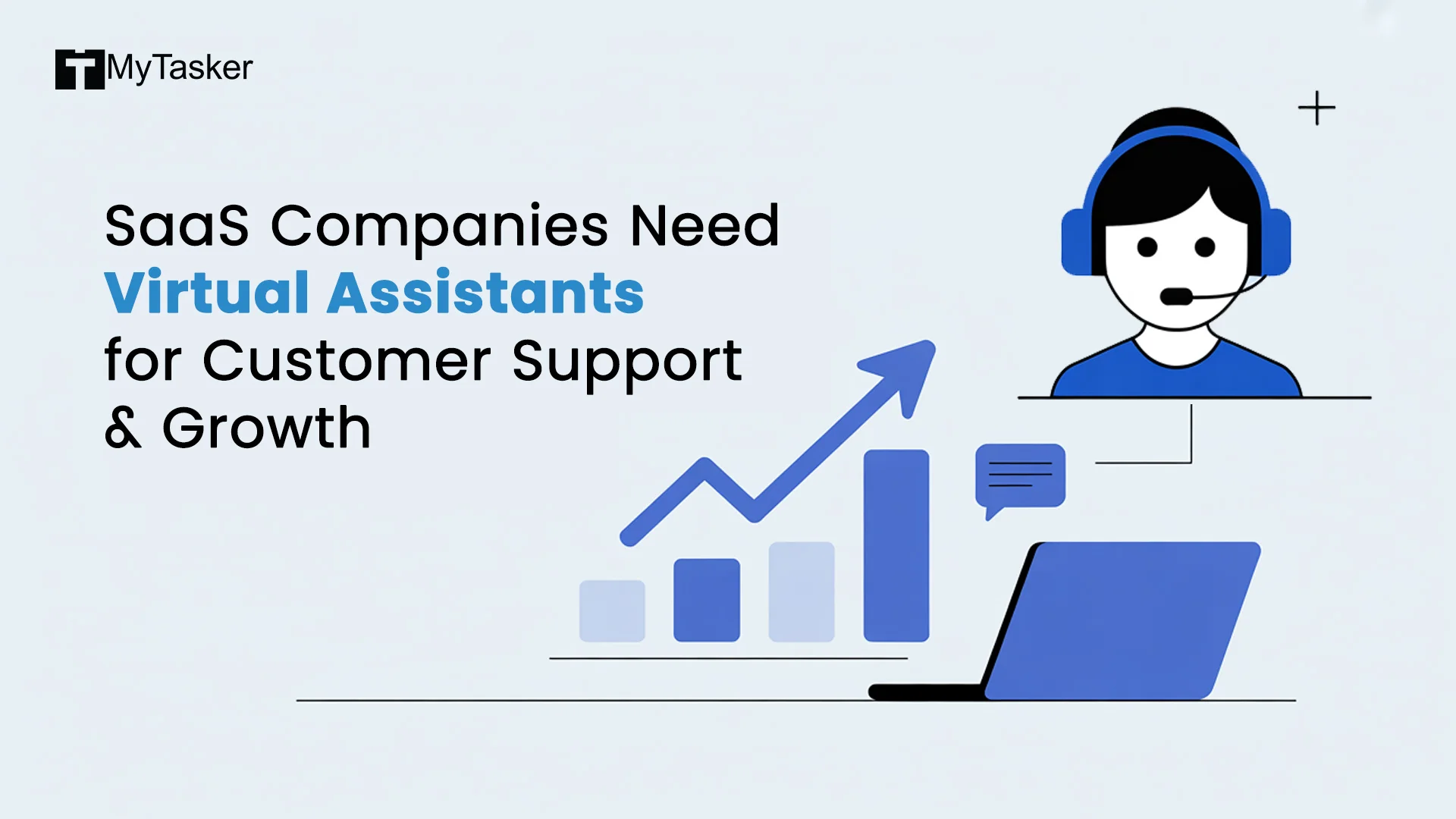One can say that inventory management solutions' primary goal is “Getting the right things in the right condition to the right places at the right time!”
Calculating the number of times we’ve mentioned ‘right’ here, one can say it is not an easy task.
The inventory management process comprises multiple intermediate phases like warehousing and shipment before a product reaches its rightful destination, both of which are complex logistical problems.
Concerning e-commerce businesses, inventory management services have become crucial for big and small business inventory management, enabling enterprises to use complicated systems and distinct inventory tracking solutions.
As per the Bureau of Labor Statistics, 1600 new warehouses were added in the U.S. between the years 2013 and 2017.
For several businesses, the most burdensome part of the entire value chain is that of stock management, a role that is rather difficult to manage and track.
In this blog, we’ll focus on inventory management solutions and the benefits of inventory management services for e-commerce businesses.
Brushing up What Inventory Management Services are:
Inventory management services help businesses identify in what quantity and which stock is to be ordered at what specific time. This service tracks inventories right from purchase to the sale of goods. This practice responds to the latest trends to ensure a sufficient stock to comply with the customer's orders and render a proper warning whenever there’s a shortage.
E-commerce businesses must have a well-designed and adequately working website and a well-planned shipping strategy.
However, the big mistakes most e-commerce businesses make are inventory mistakes. Having a strategic inventory management solution in place will definitely help them in making profits in the long run.
Inventory management solutions for e-commerce, also known as e-commerce inventory management services, is a system that helps e-commerce retailers grow. This growth can be achieved by streamlining warehouse operations and helping them make smarter financial decisions.
When you know how much inventory you possess, everything else falls right into place!
Now that you’re acquainted with the concept of inventory management solutions and services, let’s take a look at
The Benefits of Utilizing Effective Inventory Management Services:
- They render more productivity efficiently: With the help of effective inventory management services, e-commerce businesses will avail effective storage management, which encompasses advantages like the accessible location of products, easy packing and collection of products, as well as quick and efficient supply to buyers.
- Provides the advantage of customer satisfaction: When the right amount of inventory is available, e-commerce businesses can fulfill consumer orders faster than usual. This builds faith and confidence in customers and, in turn, leads to instances of a one-time customer converting into a loyal one.
Hence, the more precise an inventory management system is, the more positioned an e-commerce business will become with its customers and meet their expectations regarding product availability. - Enhanced Visibility of products: Effective inventory management services ensure that e-commerce businesses make quick and better decisions which becomes possible as the process of inventory tracking becomes transparent. This helps one know the exact number of products within the warehouses, the number of orders taken, products that were shipped, how many products were returned, as well as the products that are out of stock.
- More revenue and profit margin: It is no new fact that poorly managed stocks result in heavy revenue losses. However, e-commerce businesses can avoid mistakes of overstocked and out-of-stock products by focusing on the correct inventory. This will help e-commerce businesses reduce supplier lead time by improving inventory management services, which in turn, will reduce costs.
In simple words, using inventory management solutions will enhance e-commerce businesses' efficiency in all logistics areas. Hence, inventory management services using cutting-edge real-time technologies are the key to keeping customers satisfied.
What is E-commerce Inventory Management, and Why is It Important?
A well-planned inventory management is the backbone of e-commerce businesses, and it operates to serve the backend as well as the front end of your business operations. Inventory management is an integral part of the supply chain system on the backend. It often takes the place of a middleman between the suppliers and consumers of an e-commerce entity. It keeps the quantities of your products accurate on the front end, helping you retain consumers you would otherwise lose due to incorrect data.
Inventory management solutions for e-commerce businesses are the simple art of tracking the location, pricing, quantity, and mix of inventory available from the company. The e-commerce aspect of inventory management considers the necessities of online retailers, such as their need to track the list for multiple sales channels online. Hiring a virtual assistant with years of experience in inventory management helps in meeting customer expectations and maintaining customer satisfaction.
However, before you begin your search and implementation of e-commerce inventory management services, you must assess the needs and requirements of your e-commerce business to find suitable solutions because inventory management services cover every aspect of business operations.
Inventory management services are essential for e-commerce businesses because, firstly, it offer them visibility into the counts and locations of their inventory right from when it enters the warehouse until it reaches the customers. With these services, customers can see if a particular product they have been eyeing is overstocked, out of stock, understocked, or missing. With this kind of visibility, e-commerce businesses can forecast inventory purchases and prepare for times of potential shortages.
The last thing an e-commerce business can afford is to lose customers because of negative shopping experiences!
What are Some Strategies for Inventory Management of E-commerce Businesses?
When it comes to e-commerce inventory management solutions, you must apply different methods and strategies of inventory management for all e-commerce inventories. So first, let’s take a look at some of the processes for inventory management of e-commerce businesses:
1. Just-in-time inventory: The Just-in-time method is fit for e-commerce businesses that don’t keep a large amount of product inventory on hand. This strategy has been implemented by e-commerce businesses whose only requirement is to stock customer orders. Therefore, the volume of their list only pertains to the number of filled orders, not more and not less.
An example of an e-commerce business using the Just-in-time strategy is a seasonal merchandise-selling company. As the demand for their merchandise increases, they use this strategy only to order enough to fill orders. And as soon as the season ends, they clear their inventory shelves without fearing the loss of money in dead stock.
If you are an e-commerce company that depends on buyer trends, this strategy is different for you as it faces shortcomings with an unexpected rise in demand.
2. Dropshipping: This has become one of the most popular and accessible inventory management strategies for e-commerce businesses. While it is not a straightforward strategy, it is claimed to be so that business owners don’t touch the product.
Let us tell you how this works; when a customer orders, the business owner fulfils it from the manufacturer, and it is directly sent to the customer. The business owner is not allowed to touch the inventory at all.
Dropshipping is frequently used by first-time e-commerce business owners who want to build their businesses quickly but need more financial sources for a warehouse or storage facility.
While dropshipping might look like a cakewalk, it has a significant drawback: the business owner will have zero control over customer experience. And since it is the manufacturer who performs the bulk tasks after customers have placed their orders, it is up to the manufacturer how the product is stored and shipped.
3. ABC Analysis: When e-commerce businesses use the ABC analysis strategy, the inventory has to be categorized into three areas. And each area is based on the business's profitability.
Breaking inventories into categories allows an e-commerce business to sell various products. You might wonder why this hassle is essential, but it is rather crucial because distinct categories of products enable restocking strategies customized for every category type.
For instance, if you are a mobile retailer selling $3000 mobiles and $90 mobile accessories in the same mobile store, both in-person and online, you won’t be using the same fulfilment strategies for both categories. Here, one product has more value than the other.
4. First In, First Out: This strategy is used by most e-commerce business retailers that sell goods with expiry dates. The concept of FIFO, as it is abbreviated, means that the product that arrives first in a warehouse will be the first to be fulfilled for customers.
This strategy, however, doesn’t pertain only to retailers selling perishable products but can be implemented by any e-commerce business owner who wants to get rid of particular products as quickly as possible. However, when implementing the first in, first out strategy, it is essential to study the price patterns of your commodities, as prices are known to fluctuate often. This can result in inflated profits owing to the difference in cost between the cost of products received and the cost of products sold.
5. Safety stock: Safety stock is an inventory management strategy used in cases wherein e-commerce retailers hold extra inventory for safety if the demand for products increases unexpectedly.
Unlike the Just-in-time strategy, safety stocks help e-commerce retailers cover up unexpected delays during demand fluctuations to ensure a consistent output.
E-commerce businesses use the safety stock strategy to plan for uncertain circumstances, such as changes in consumer demand, incorrect forecasting, and different lead timings for raw materials. Thus, when you hold a safety stock inventory, overcoming such obstacles becomes easy as you have another list.
Wrapping Up…
Summing up, you will have constant access to better data and enhanced real-time reporting concerning your products and inventory with MyTasker’s inventory management services. Remember, investing in inventory management solutions is the biggest asset of your e-commerce business. Connect with our 24/7 virtual assistants today!















